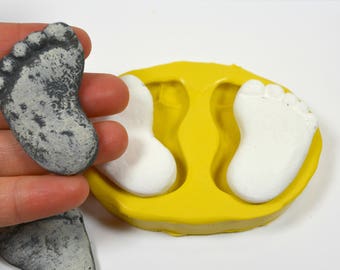

Four leading sources of plastic packaging are involved: The Coca-Cola Company, Unilever, Nestle S.A. Reuters has identified nine collaborations launched over the last two years between various combinations of consumer goods giants and major cement makers. Converting plastic to energy, these companies contend, keeps it out of landfills and oceans while allowing cement plants to move away from burning coal, a major contributor to global warming.

They’re promoting this approach as a win-win for a planet choking on plastic waste. It’s the centerpiece of a partnership between consumer products giants and cement companies aimed at burnishing their environmental credentials. This “fuel” is not only cheap and abundant. The Indonesian project, funded in part by Unilever PLC, maker of Dove soap and Hellmann’s mayonnaise, is part of a worldwide effort by big multinationals to burn more plastic waste in cement kilns, Reuters has detailed for the first time. Discarded bubble wrap, take-out containers and single-use shopping bags have become one of the fastest-growing sources of energy for the world’s cement industry. These machines are unearthing rubbish to provide fuel to power a nearby cement plant. The global consumer goods industry’s plans for dealing with the vast plastic waste it generates can be seen here in a landfill on the outskirts of Indonesia’s capital, where a swarm of excavators tears into stinking mountains of garbage.


 0 kommentar(er)
0 kommentar(er)
